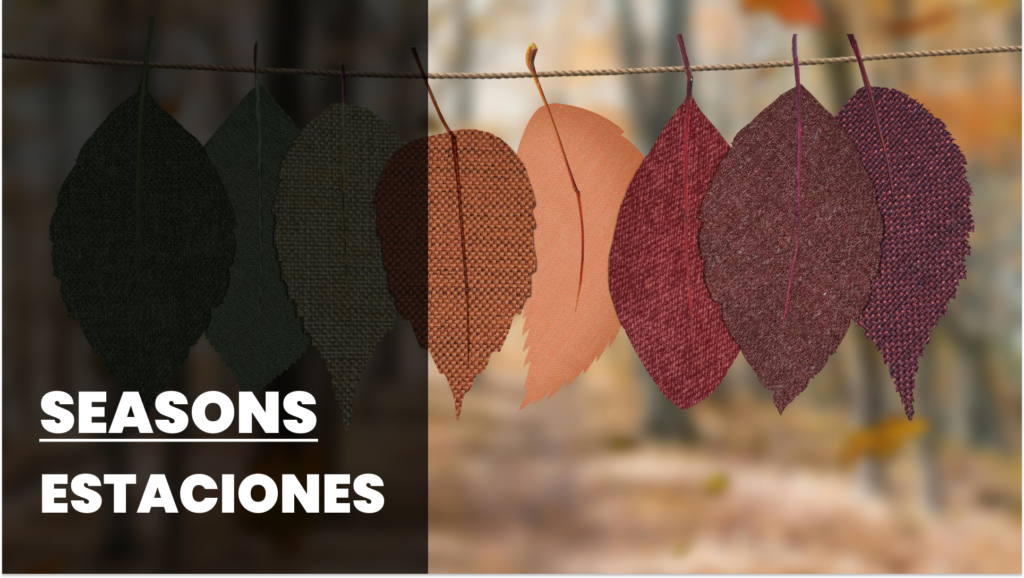
Want to learn Spanish? Try Mondly for FREE now!
A1 Spanish might feel like a big task at first, but starting with basic Spanish words — like the seasons, las estaciones — is a great way to ease into it. It’s simple, practical, and something you can use right away.
Whether you’re talking about the weather, making plans, or sharing your favorite time of year, knowing the seasons will give you a solid start. This is a great step for anyone learning Spanish for beginners.
As a Spanish learner myself, I’ve learned the hard way that aiming for fluency right away isn’t the best goal when learning a new language. So, if you’re just starting out with Spanish, I highly recommend familiarizing yourself with the CEFR (Common European Framework of Reference). It will guide you on what to focus on at each stage of your learning journey. Check out this article to get a clearer idea of what you should learn as a beginner and what’s expected of you along the way.
Basic Spanish Words: Seasons
Let’s break them down, nice and easy:
- La primavera — Spring
- El verano — Summer
- El otoño — Autumn/Fall
- El invierno — Winter
Everyday Phrases with Seasons
Once you know the names of the seasons, you can start building basic sentences. Here are a few you can use in everyday conversations:
- En primavera, las flores florecen. — In spring, the flowers bloom.
- El verano es muy caluroso. — Summer is very hot.
- Me gusta el otoño porque hace fresco. — I like autumn because it’s cool.
- En invierno, nieva mucho. — In winter, it snows a lot.
What’s Your Favorite Season?
Talking about what you like (or don’t like) is an easy way to practice Spanish. Try these phrases:
- Mi estación favorita es la primavera. — My favorite season is spring.
- No me gusta el invierno. — I don’t like winter.
Want to ask someone about their favorite season? Just say:
- ¿Cuál es tu estación favorita? — What is your favorite season?
Seasons and Weather — They Go Hand in Hand
Since seasons and weather go together, it’s helpful to know some simple weather phrases too:
- Hace calor en verano. — It’s hot in summer.
- Hace frío en invierno. — It’s cold in winter.
- Llueve mucho en primavera. — It rains a lot in spring.
- Hace viento en otoño. — It’s windy in autumn.
Let’s Practice!
Here’s a small challenge: write a short sentence for each season using what we’ve just covered. For example:
- En verano, voy a la playa. — In summer, I go to the beach.
- En invierno, bebo chocolate caliente. — In winter, I drink hot chocolate.
Try Mondly for Free Now!
Want to improve your Spanish as a beginner? I personally recommend Mondly, as it helped me tremendously when I was just starting out. With its interactive lessons and real-world conversations, it’s an excellent tool for expanding your vocabulary and building confidence in Spanish. Try Mondly now for free!
Conclusion: Learning Spanish for Beginners
The more you use these basic Spanish words in your day-to-day, the more natural they’ll start to feel. Seasons might seem like a small piece of the puzzle, but they open the door to so many everyday conversations. If you’re an A1 Spanish learner, this is a great way to build your confidence and vocabulary.


